good wind break tree in the desert
risingtiger
10 years ago
Related Stories
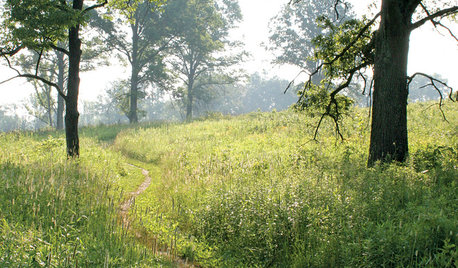
GARDENING GUIDES5 Easy Ways to Break Free of a Gardening Rut
Experience your garden in a whole new way — no big budget or major effort required — with these invigorating ideas
Full Story
LIFEHouzz Call: How Are You Handling the Record-Breaking Cold?
Share your tales, strategies and photos for everything polar vortex
Full Story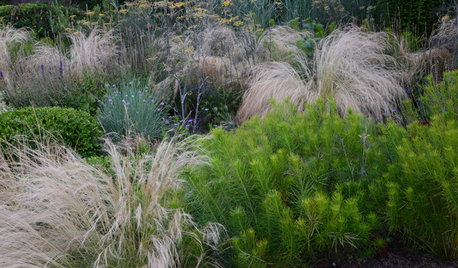
GARDENING GUIDES4 Ways to Break the Rules in Your Garden
For a more creative landscape design, take a different approach to planting
Full Story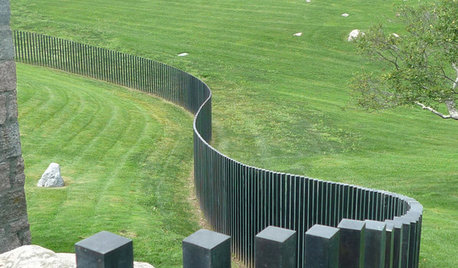
LANDSCAPE DESIGNGood Fences, Good Neighbors — and Good Views
See-through vertical fencing connects a yard with its surroundings while keeping children and pets safely inside
Full Story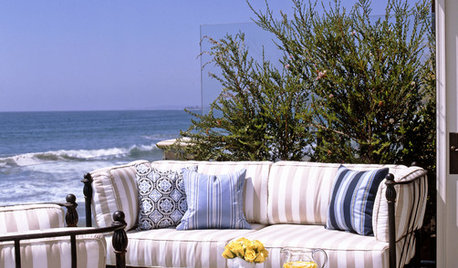
GARDENING AND LANDSCAPINGHow to Screen a Seaside Garden From the Wind
Lucky enough to live by the coast? Here’s how to protect your garden and deck from the harsh sea breezes
Full Story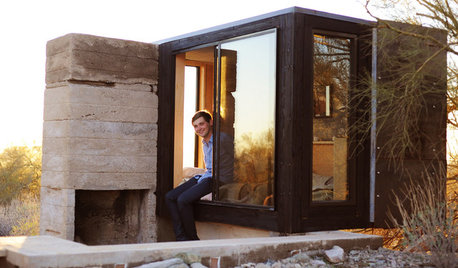
SMALL HOMESHouzz Tour: A Student's Bed-Size Shelter in the Arizona Desert
Could you sleep in such a small space just above the desert floor? One Taliesin architecture student at a time does just that
Full Story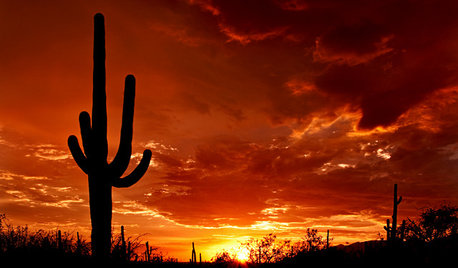
GARDENING GUIDESMeet the Mighty Saguaro of the Desert Landscape
You’ve seen its form in films, on souvenirs and much more. Now get to know this iconic cactus of the Sonoran Desert
Full Story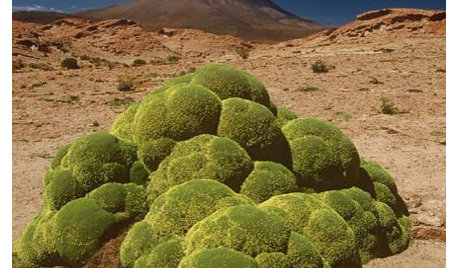
LANDSCAPE DESIGNLet Nature Inspire Your Landscape: Devise a Desert Garden
Looking for the ultimate low-maintenance plant picks? Nature is way ahead of you
Full Story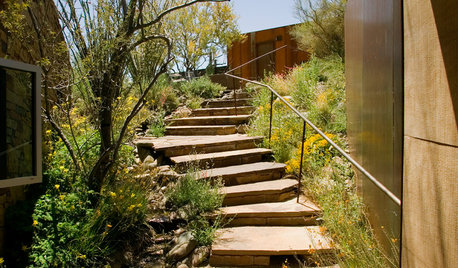
ARCHITECTUREHouzz Tour: A Pond House in the Arizona Desert
With water in the back and a descent to get in, this skillfully designed modern home keeps its cool in the Southwestern sun
Full Story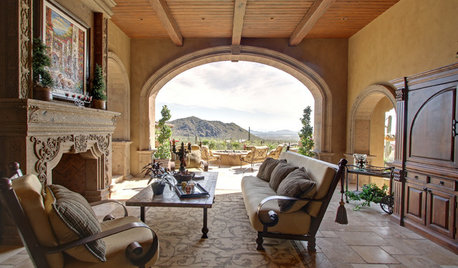
HOUZZ TOURSHouzz Tour: Only the Best for a Desert Spanish Colonial
Calacatta marble, Venetian plaster and hand-carved wood create a home awash in luxurious comfort for an Arizona family
Full StoryMore Discussions






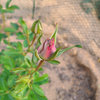
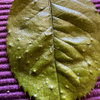
violetwest
Fascist_Nation
Related Professionals
Manorville Landscape Architects & Landscape Designers · Frisco Landscape Contractors · McKinney Landscape Contractors · Maple Valley Landscape Contractors · Burlington Landscape Contractors · Cornelius Landscape Contractors · Fort Mill Landscape Contractors · Glendale Heights Landscape Contractors · La Mirada Landscape Contractors · Uxbridge Landscape Contractors · Wallingford Landscape Contractors · Whitehall Landscape Contractors · Golden Valley Landscape Contractors · Cedar Park Carpenters · Tucson Carpentersfabaceae_native
risingtigerOriginal Author
Fascist_Nation
v8vega
risingtigerOriginal Author
v8vega
cold_weather_is_evil
risingtigerOriginal Author
v8vega